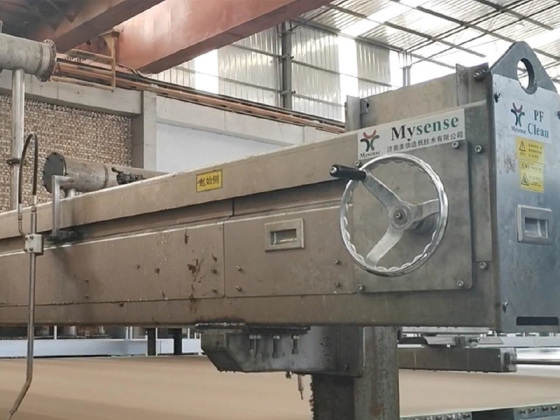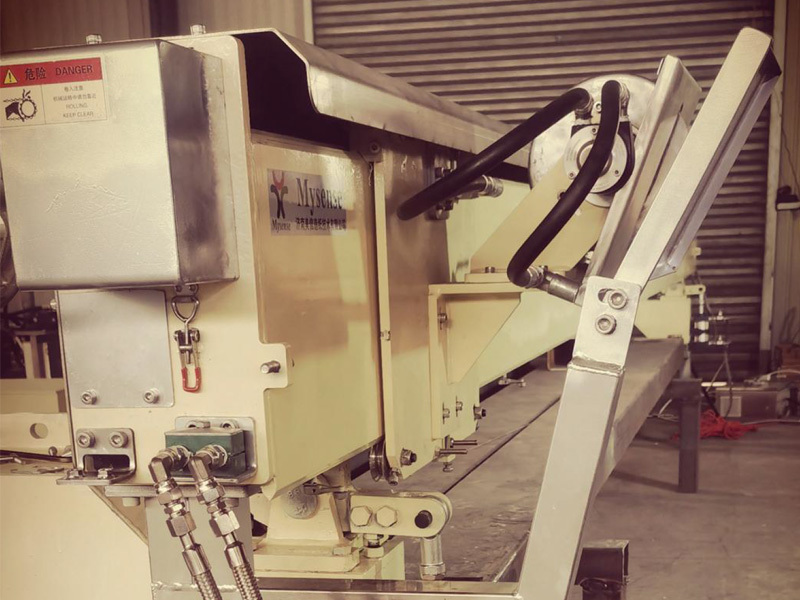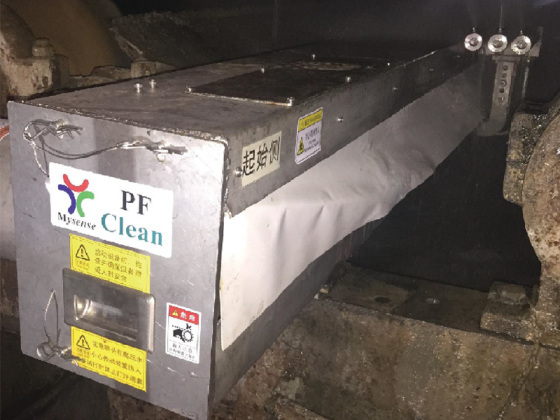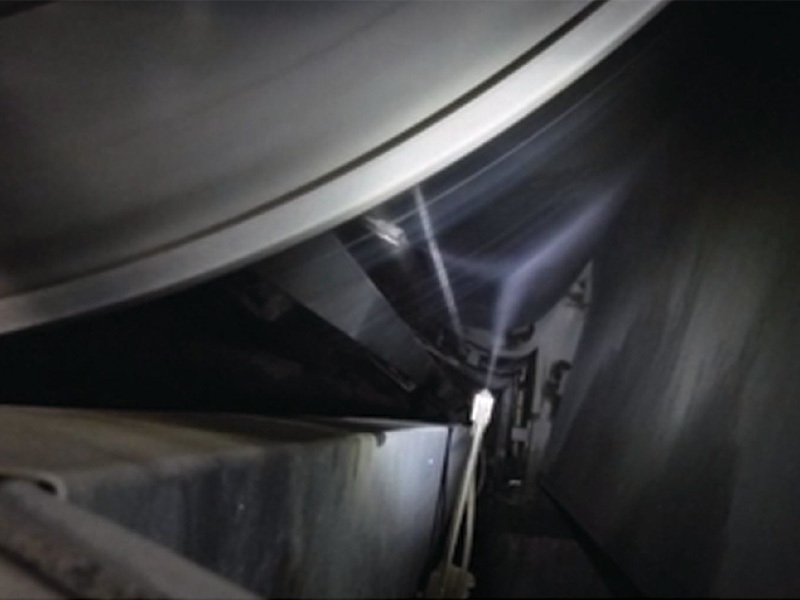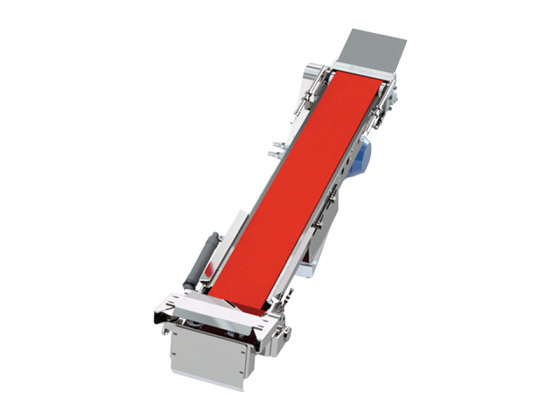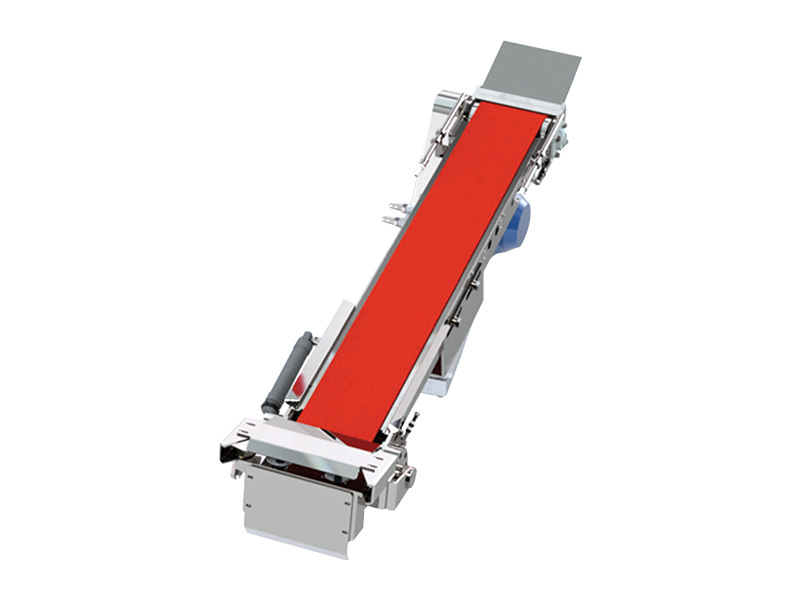Breaking Boundaries: Doctor System Applications Beyond Traditional Cylinder Production
Published on:
2025-03-01 10:40
Breaking Boundaries: Doctor System Applications Beyond Traditional Cylinder Production
Table of Contents
- Introduction to Doctor Systems in Manufacturing
- Understanding Doctor Systems
- Traditional Cylinder Production Explained
- Applications of Doctor Systems Beyond Cylinders
- Benefits of Integrating Doctor Systems in Manufacturing
- Future Trends in Doctor System Applications
- Challenges and Solutions in Doctor System Implementation
- Conclusion
- Frequently Asked Questions
Introduction to Doctor Systems in Manufacturing
The manufacturing sector is undergoing a remarkable transformation, characterized by a shift towards advanced technologies that streamline processes and enhance productivity. Among these innovations, Doctor Systems have emerged as a pivotal force, pushing the boundaries of what is possible in manufacturing. Originally designed for cylinder production, these systems are now being adapted for various applications, revolutionizing industries and redefining efficiency.
Understanding Doctor Systems
Doctor Systems refer to specialized mechanisms used to apply coatings or finishes onto various substrates during the manufacturing process. Typically employed in the production of cylinders, these systems utilize a combination of rollers, doctor blades, and precise control systems to ensure uniform application. The adaptability of Doctor Systems makes them suitable for a wide range of materials and processes, allowing manufacturers to enhance product quality and reduce waste.
Key Components of Doctor Systems
1. **Doctor Blades**: These are critical components that remove excess material and ensure an even application on the substrate.
2. **Rollers**: Used to apply pressure and distribute the coating evenly.
3. **Control Systems**: Advanced sensors and automation technologies that monitor and adjust the application process in real-time.
Traditional Cylinder Production Explained
Traditional cylinder production involves several steps, including material preparation, coating application, and curing. While effective, this process often comes with limitations, such as material waste and inefficiencies. The introduction of Doctor Systems has revolutionized each of these stages, enabling manufacturers to achieve superior results while minimizing waste.
Limitations of Traditional Methods
- **Material Waste**: Excess coating often leads to significant waste.
- **Inconsistent Quality**: Variability in application can result in defects.
- **Time-Consuming Processes**: Traditional methods often require lengthy setups and adjustments.
Applications of Doctor Systems Beyond Cylinders
Doctor Systems are not confined to cylinder production; they are finding applications across various industries. Here are some notable examples:
1. Coating and Finishing in Automotive Manufacturing
In the automotive industry, Doctor Systems are used to apply coatings on body parts, ensuring durability and aesthetic quality. The precision offered by these systems significantly improves the longevity of the coatings used on automotive components.
2. Printing and Packaging Industries
Doctor Systems are increasingly utilized in the printing and packaging sectors for the application of inks and adhesives. The ability to control the thickness and application of these materials enhances the quality of printed products and packaging solutions.
3. Textile Industry Innovations
In textiles, Doctor Systems are employed to apply dyes and finishes. This application enables manufacturers to achieve consistent color and texture, enhancing the overall quality of textile products.
4. Electronics Manufacturing
The electronics sector benefits from Doctor Systems by using them to apply conductive coatings on circuit boards. This precise application is critical to the performance and reliability of electronic devices.
Benefits of Integrating Doctor Systems in Manufacturing
The advantages of incorporating Doctor Systems into manufacturing processes are numerous and compelling.
Enhanced Efficiency
Doctor Systems facilitate quicker setups and adjustments, leading to reduced production times. The automation capabilities of these systems enable manufacturers to achieve high throughput without sacrificing quality.
Improved Quality and Consistency
By ensuring a uniform application of coatings and finishes, Doctor Systems significantly enhance product quality. This consistency is crucial in industries where precision is paramount.
Reduced Waste and Cost Savings
The precision of Doctor Systems minimizes material waste, translating into cost savings for manufacturers. By optimizing the amount of coating applied, companies can reduce their overall material costs.
Future Trends in Doctor System Applications
As technology continues to evolve, the future of Doctor Systems looks promising. Here are some trends to watch:
1. Smart Manufacturing
The integration of IoT and AI technologies into Doctor Systems will pave the way for smart manufacturing solutions. Real-time data analytics will optimize decision-making processes and enhance overall efficiency.
2. Sustainability Focus
With environmental concerns at the forefront, manufacturers are increasingly looking for sustainable solutions. Doctor Systems can contribute by reducing waste and utilizing eco-friendly materials in their applications.
3. Customization and Flexibility
Future Doctor Systems will likely offer greater customization options, allowing manufacturers to tailor solutions to their specific needs. This flexibility will be essential in a rapidly changing market.
Challenges and Solutions in Doctor System Implementation
While the benefits of Doctor Systems are significant, manufacturers may face challenges during implementation.
1. Technical Expertise
Implementing Doctor Systems requires skilled personnel. Companies can invest in training programs to develop in-house expertise.
2. Initial Investment Costs
The upfront costs of acquiring advanced Doctor Systems may be a barrier. However, the long-term savings and efficiency gained from these systems can offset initial expenditures.
3. Integration with Existing Processes
Seamless integration with existing manufacturing systems is crucial. Companies should conduct thorough assessments and planning before implementation to mitigate potential disruptions.
Conclusion
The evolution of Doctor Systems from traditional cylinder production to versatile applications across various industries marks a significant milestone in manufacturing. By embracing these advanced technologies, manufacturers can enhance efficiency, improve product quality, and reduce waste, positioning themselves for success in a competitive landscape. As we look to the future, the potential for innovation within Doctor Systems remains vast, promising exciting advancements that will continue to break boundaries in manufacturing.
Frequently Asked Questions
1. What are Doctor Systems used for?
Doctor Systems are primarily used for applying coatings and finishes on various substrates in manufacturing, enhancing product quality and efficiency.
2. How do Doctor Systems improve efficiency?
Doctor Systems streamline the application process, enabling quicker setups and adjustments, which results in reduced production times.
3. Can Doctor Systems be used in industries other than cylinder production?
Yes, Doctor Systems have applications in automotive manufacturing, textiles, electronics, and packaging industries, among others.
4. What challenges might manufacturers face when implementing Doctor Systems?
Challenges include the need for technical expertise, initial investment costs, and the integration of new systems with existing processes.
5. What future trends can we expect in Doctor System technologies?
Future trends include increased focus on smart manufacturing, sustainability, and customization options for specific manufacturing needs.
Latest News



